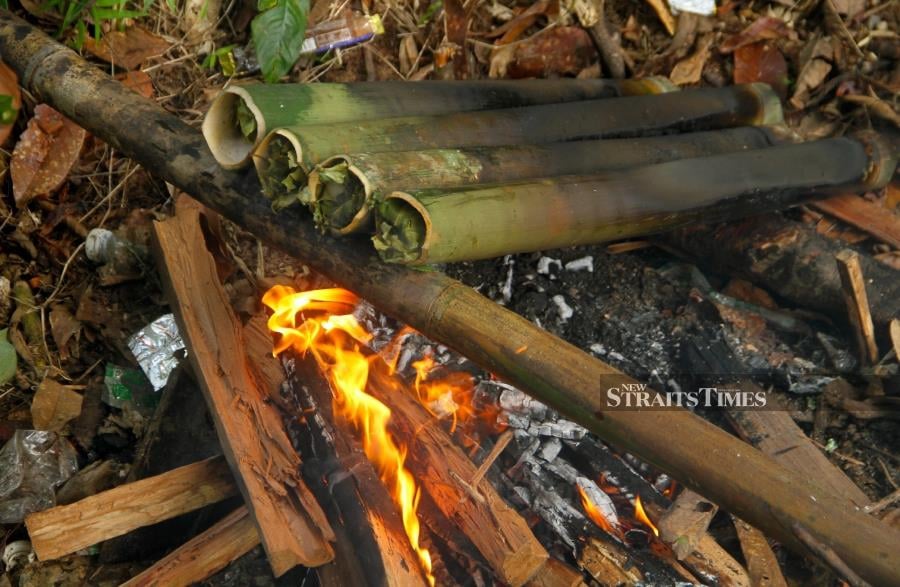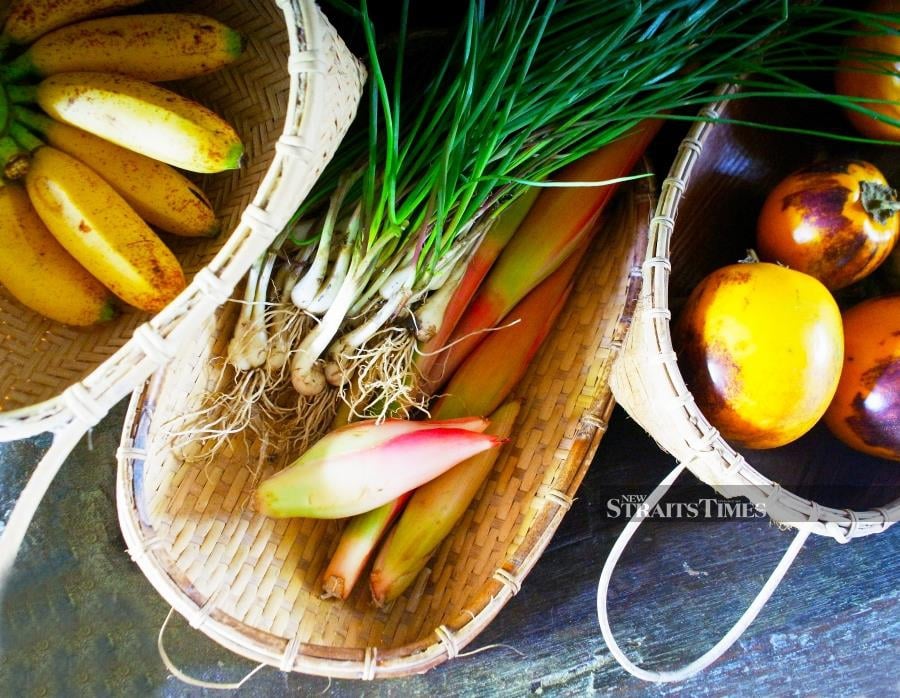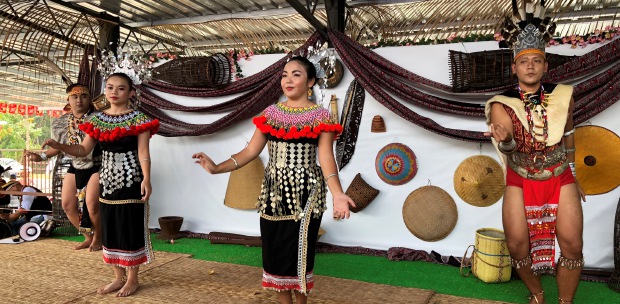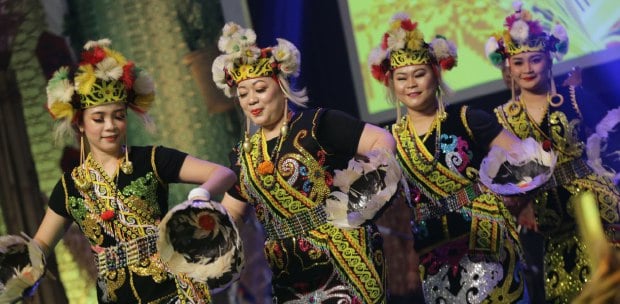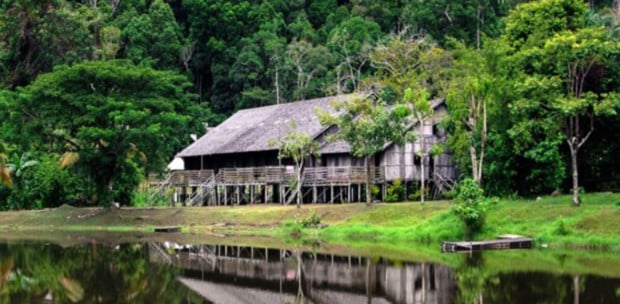David Bowden heads off to two longhouses in the wilds of Sarawak to learn more about the Gawai Festival
BEING a dietary staple, rice is an important crop to many communities in Borneo, as it is in most of Malaysia.
For many farmers, growing rice (both padi and glutinous varieties) is mostly about applying fertiliser and harnessing monsoon rains. But for some in Borneo, the 'souls' of the padi are important and must be respected to ensure a bountiful harvest.
For these farmers, rituals are still important and are often performed to ensure a successful rice crop. These are done on Hari Gawai Dayak (Gawai), the most important date on the calendar of festivities.
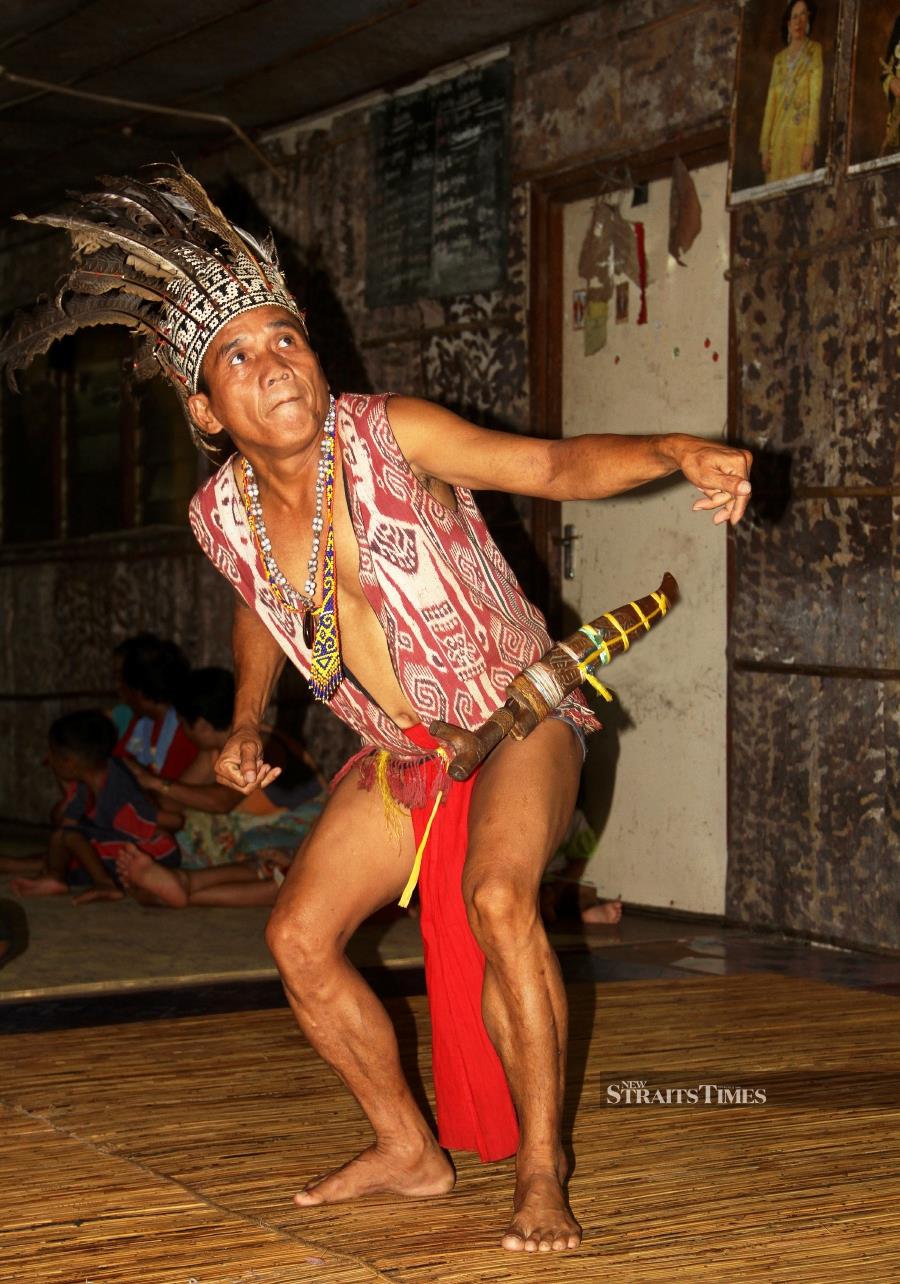
FESTIVITIES
Gawai is celebrated on June 1 and 2 to give thanks for the rice harvest.
Although it has been celebrated by generations of Sarawak communities (especially the Ibans, Bidayuh and Orang Ulu), it was officially recognised as Hari Gawai Dayak only in 1957. Before that, the colonialists called it Sarawak Day.
The festivities include dancing, feasting and numerous toasts with tuak (rice wine) or the more popular, langkau (distilled tuak). Open houses are typical with many "houses" in the rural areas being longhouses.
Gawai is also about renewing bonds of kinship and friendship. The celebrations occur all over the state, with the most fascinating being in the longhouses of the various Dayak communities.
Longhouses are typically built along riverbanks where freshwater fish are caught, irrigation water is obtained and boats travel along.
The state's Iban communities mostly live along larger and more accessible rivers or their tributaries.
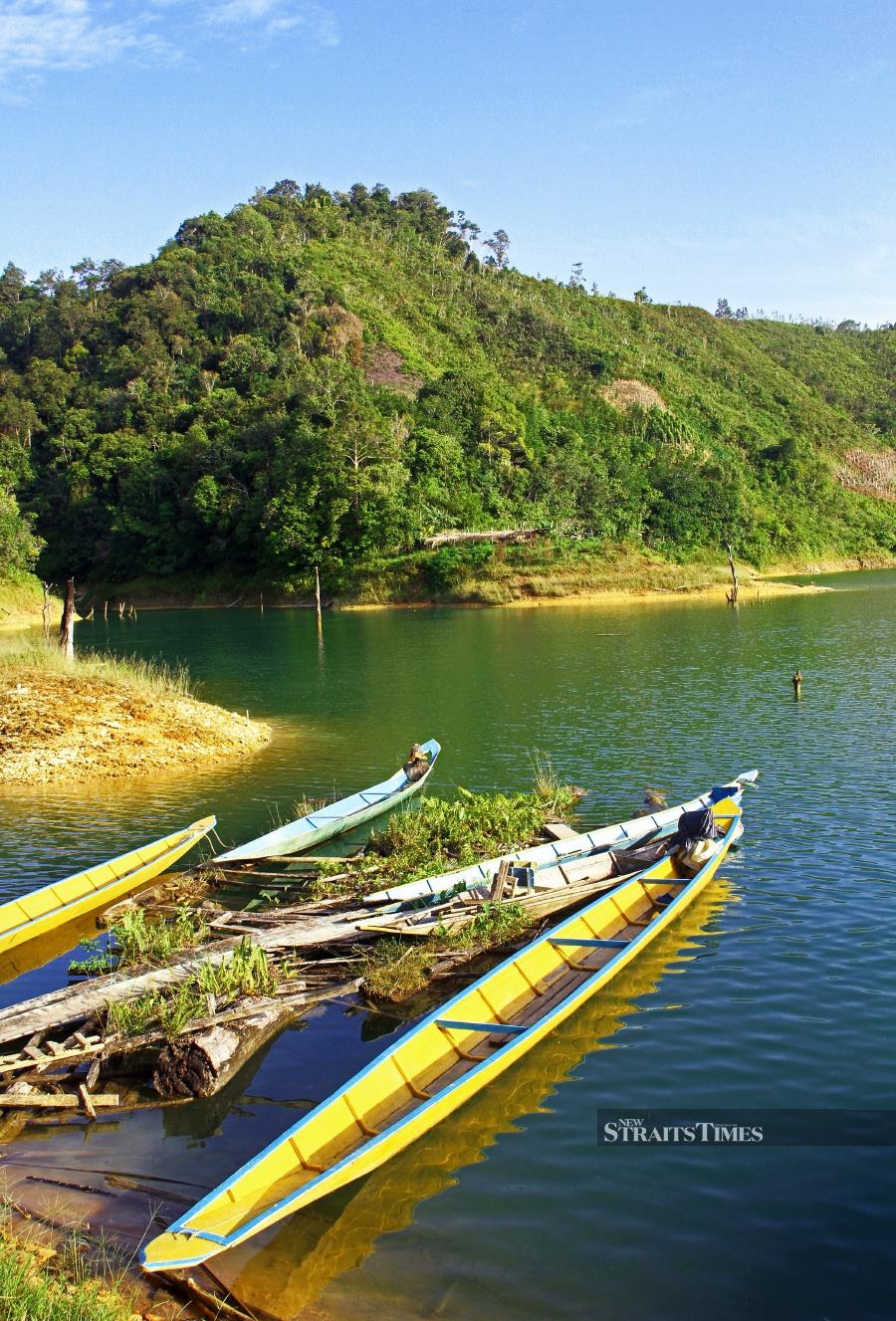
Traditionally, members of longhouse communities live under one roof with public activities taking place on the gallery or verandah (the ruai) at the front of the elongated structure.
This public gallery is for kids to play, old people to relax, villagers to chat and entertain guests.
Private family activities, such as sleeping, eating, cooking and discussion, take place out back in family-only quarters.
An open deck extends from the verandah and it's here that crops and clothing are dried.
Most Gawai celebrations occur along the ruai and involve the extended longhouse community and whoever happens to be in the neighbourhood.
Visitors soon realise that a longhouse is a way of life, not just a building.
KAMPUNG SADIR BIDAYUH COMMUNITY
The road to Kampung Sadir, 80km southwest of Kuching, is in parts narrow, winding and steep, but the place is worth the effort.
Many members of the extended longhouse cautiously drive back to this Bidayuh community for the festivities.
The longhouse here is interesting as it is L-shaped but with just a handful of doors (the number of doors is an indication of the number of families).
It is mostly built from bamboo with iron roofing and flaps that open to allow light in. Most Bidayuh longhouses feature a circular head house with a conical roof known as a barukor rumah pangah.
This is not obvious in Kampung Sadir and many community members now live in freestanding houses away from the longhouse.
While most Sarawak communities still celebrate age-old animist traditions and customs, others have embraced Christianity or Islam.
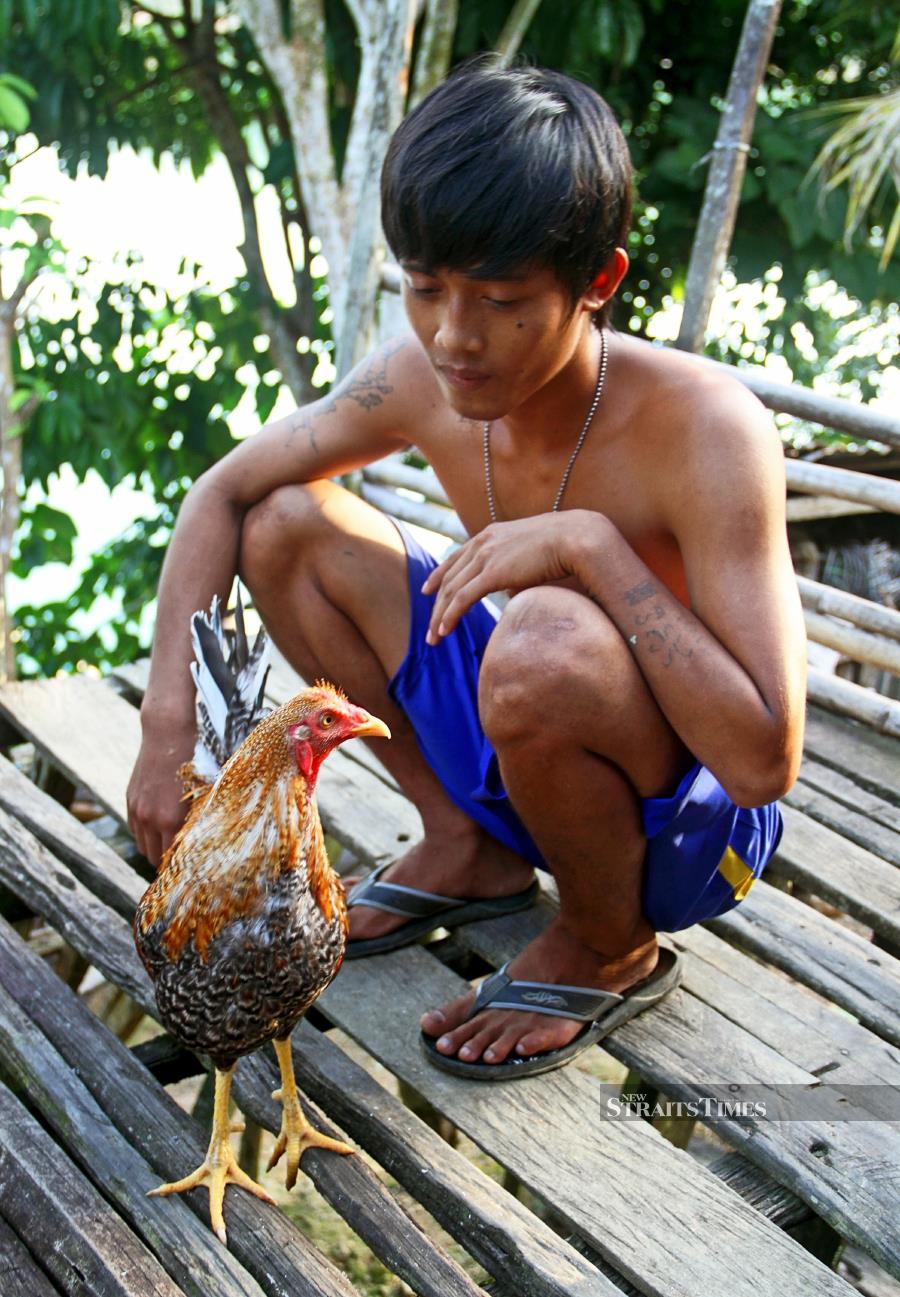
While in Kampung Sadir, I chat with Majag Anak Nyambong, who was once the Gawai chief or "priest" responsible for maintaining and overseeing the festival's rituals.
He no longer does this because he is over 80 years old and because times have changed — these rituals and sacrifices are not so important to younger members of the community.
"We can't live in the past," he laments. However, both he and his wife eagerly anticipate the arrival of their eight grandchildren for Gawai.
He explains that a few weeks prior to Gawai, families begin tidying up their houses, visiting ancestors' graves and stocking up on food and tuak or langkau.
Although some still hunt wild animals, fish from the rivers and farm the land scattered in the hills around the longhouse, supermarkets closer to Kuching are where many shop these days.
However, cakes made from rice flour and sugar are commonly prepared for Gawai.
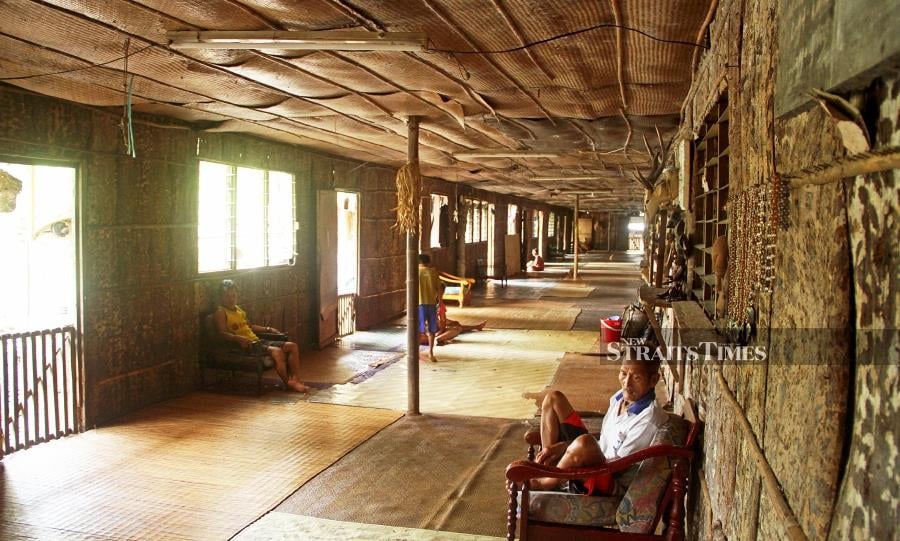
IBAN LONGHOUSE BATANG AI
A visit to a longhouse opens one's eyes to the gap between those living in Malaysian cities and those in more rural parts.
My visit to the Ng Mengkak, Ulu Engkari Longhouse upstream from Batang Ai, confirms this.
The last hour of the five-hour journey from Kuching is spent crossing the waters of Batang Ai Dam.
The electricity in the longhouse is provided by a diesel generator that operates for just a few hours each evening and mobile phone connectivity is patchy.
The peace and tranquillity of this remote Iban village is broken by the Gawai festivities. This longhouse community of 27 doors and 150 residents is housed under an elongated rusty tin roof.
I arrive prior to Gawai in what is known as the "Land of Legends", where Iban ancestors are renowned for their courage and tribal customs.
As it is late afternoon, there is little activity along the common longhouse verandah that extends the length of a football field.
During the heat of the day, it's a little busier as most villagers return until the cool of the afternoon sets in. Then, many go back outside to tend their crops.
Most people on the verandah are old and happy to relax while a few young children entertain them.
I am told that most school-age children spend the week away at boarding school but return at the weekend.
The villagers are very welcoming and I soon realise what it feels like to be a guest rather than a tourist.
The walls are lined with rustic instruments, baskets, mats and even blowpipes. Yes, they still maintain these skills to hunt animals. These days guns are easier but no more accurate.
Prior to Gawai, the men may head off to hunt to provide an abundance of prized meats for the festivities. In some traditional Iban communities, sacrificial food (miring) is offered during Gawai and accompanied by chanting.
Iban hospitality is best experienced at mealtime when families gather in their individual areas adjacent to the kitchen.
My dinner is eaten while seated on a floor mat and includes delicious local dishes like pansoh manok (bamboo chicken) and asi pansoh (rice in bamboo). Tea and tuak accompany most meals, especially when there's a guest around.
In the evening we join in, with a welcoming glass of tuak, and several dance performances under the light provided by a generator humming away in the near distance.
I am told that during Gawai, these festivities are extensive as there are more people around.
THE PROTOCOLS
Normally, the permission of the village chief is required before entering a longhouse. But at Gawai, things are more relaxed.
Visitors should remove their shoes before entering the ruai.
Food should be accepted with both hands and if you don't want to eat or drink tuak, or have had sufficient, it is polite to touch the plate/glass with one finger and then on your lips to indicate you have had enough.
Most people sit on the floor and tuck their feet to the side to avoid offending others.
FAST FACTS
Tour operators conduct visits to longhouses and the best initial contact is Sarawak Tourism Board.
STAY Saloma's Villagestay in Kampung Sadir
TEL 016- 868 2525
EMAIL www.sarawaktourism.com
Planning to vist Sarawak? Book your activities at cheaper rates with Klook Promo Code.


